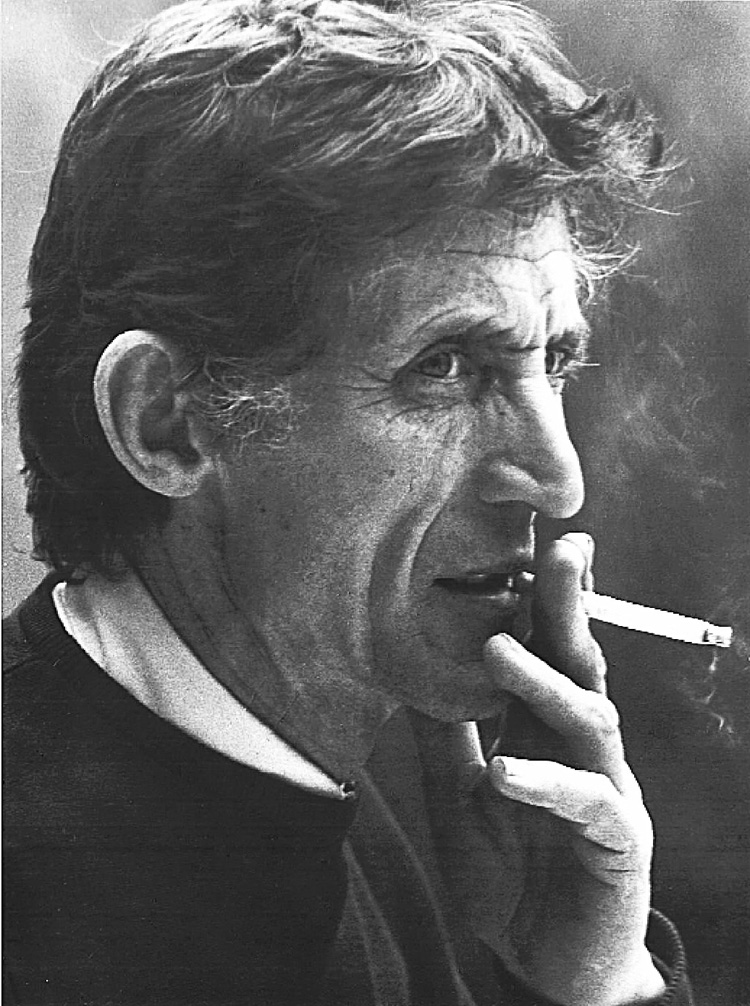How BART Got Art - Page 3
 |
 |
|
|
 |
|
|
 |
|
|
"Station artwork is not identified with labels or other interpretive signage, which contributes to the lack of public awareness and appreciation of the art program," they report.
"Artwork is often damaged due to surface penetration by ads, kiosks, conduit, and other objects; damage also occurs when cleaning equipment, waste receptacles, tools, bike racks, and other objects are placed against art surfaces."
It had been decided, early on, that BART stations would have a varied look. "Diversity of design will be a key feature of the Bay Area's Rapid Transit system," the San Francisco Chamber of Commerce's magazine headlined in 1968.
"They were meant to be distinctive and expressive of their communities," Radulovich says.
Stations would be parceled out, individually or in small groups, to architectural teams. It was the job of Tallie Maule, the chief architect for BART, to oversee the individual design architects.
Several architects who designed the stations—Joe Esherick, Gerald McCue, Ernest Born, and Wurster, Bernardi & Emmons—were Bay Tradition modernists who designed post-and-beam or other open-plan houses not unlike Eichlers.
BART's art program began in late 1966, after the district's general manager B.R. Stokes visited the new rapid rail in Montreal, which added art to its stations funded by major corporations.
"The inclusion of such art could add a new dimension of visual excitement to our underground spaces," Stokes wrote in a memo.
The Art on BART program "wasn't unusual. It was an era when public art was just emerging nationally," says Almaguer.
The art "must be enthusiastically desired by the architect of the station," one BART executive wrote. The architect "must have a hand in the selection of the artist but not the exclusive hand."
BART appointed an art committee—it included chief curators from three local museums, an art critic, a planner, and an architect—but it's unclear what they did. They may have planned what sort of art would go into each station.




